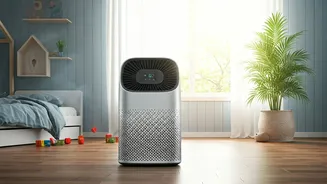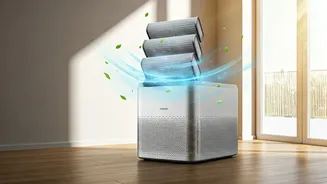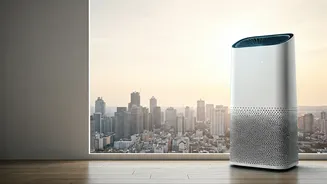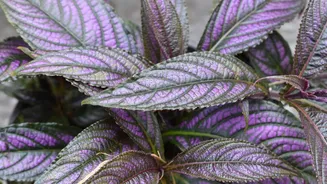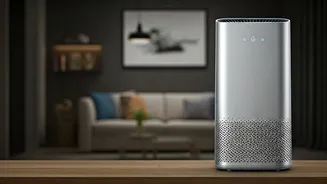Air Purifiers: A Concern?
Many parents are turning to air purifiers in an effort to improve the air quality of their homes, especially with the rising concern about allergies and
respiratory illnesses. However, questions have been raised regarding the impact of these devices on children's health, specifically their immune systems. The central concern revolves around whether the continuous filtration of air might deprive children of exposure to common allergens and germs. This could potentially hinder the natural development of their immune systems, making them more susceptible to illnesses in the long term. This is a crucial area of concern that calls for a comprehensive analysis to separate facts from fiction.
The Pediatrician's Perspective
A paediatrician's approach to this question often emphasizes the balance between maintaining a healthy indoor environment and allowing for natural immune system development. They are likely to stress the importance of understanding the type of air purifier being used, as some models are more effective and safer than others. They would also provide guidance on maintaining a balanced indoor environment to support a child's overall well-being. Ultimately, their advice is crafted to provide a safe and healthy environment for children.
Types of Air Purifiers
Air purifiers use different technologies to clean the air, each with its own advantages and potential disadvantages. HEPA filters are known for their effectiveness in capturing particles but may not eliminate all pollutants. Other technologies such as UV-C light and ozone generators should be approached with caution due to health implications. Understanding the different types is key to making an informed decision about air quality.
Improving Air Quality
Beyond air purifiers, there are many simple yet effective ways to enhance indoor air quality. These include regular ventilation, reducing sources of indoor pollution, and incorporating houseplants. These are low-cost, easy-to-implement strategies that can significantly improve your child's environment. Combined with the appropriate use of air purifiers, these measures can collectively enhance indoor air quality.
Conclusion: Healthy Breathing
A balanced approach to air purification is vital, combining the use of air purifiers with other strategies for improving air quality. Consultation with a pediatrician, careful selection of air purifiers, and regular home maintenance are key elements in ensuring a child's healthy environment. This will help them thrive in a clean and safe environment.
